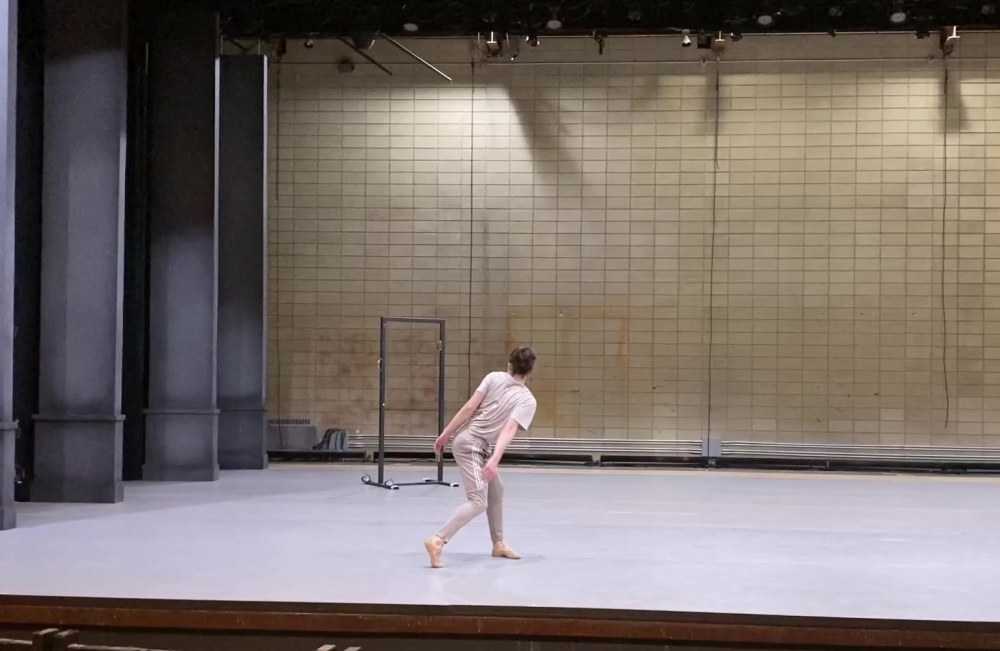UW Theatre and Dance and UW Symphony Orchestra Present “afternoon of a Faun” and “Petrushka”
The University of Wyoming Symphony Orchestra joins the Department of Theatre and Dance in producing two fully-staged ballets from the repertoire of Sergei Diaghilev’s groundbreaking “Ballets Russes,” “Afternoon of a Faun,” composed by Claude Debussy, and “Petrushka,” composed by Igor Stravinsky.
Choreographed by UW dance faculty members Cat Kamrath and Juliana Freude, and conducted by Dr. Michael Griffith, the production runs Tuesday, March 29 through Saturday, April 2 at 7:30 p.m., and Sunday, April 3 at 2:00 p.m. on the Buchanan Center for the Performing Arts Main Stage.
Tickets are $16 for the general public, $13 for seniors, and $8 for students at (307) 766-6666 or www.uwyo.edu/finearts.
Diaghilev’s “Ballet Russes,” a touring company based in Paris from 1909-1929, is widely regarded as the most influential ballet company of the 20th century.
The company promoted artistic collaborations among the leading choreographers, composers, designers, and dancers of its day, reinvigorating the art of dance performance, as well as elevating the role of visual artists and composers in productions.
“Afternoon of a Faun” was the first ballet of Vaslav Nijinsky’s choreographic leadership of the “Ballets Russes.” Premiering in Paris in 1912, the original work challenges traditional ballet as it explores two-dimensional movement, bare feet, and a smaller stage.
While “Afternoon of A Faun” was originally set in Ancient Greece, UW’s production departs significantly from the original, transporting the work to Iceland, inspired by choreographer Kamrath’s trip to that country in 2021.
“I am so grateful to have an incredible design team who have made this world come to life with a reimagined set and costume design,” said Kamrath.
The nymph characters represent many elements of Iceland’s terrain, paired with a gender-neutral Faun character, and the costumes have been created using eco-conscious materials and practices.
“The choreography emphasizes contemporary modern practices while maintaining original inspirations, such as moments of two-dimensionality, bare feet, and the narrative love story between the Faun and the Golden Nymph,” added Kamrath.
Stravinsky’s “Petrushka,” a story about the loves and jealousies of three puppets—the titular stock character, Petrushka, the Ballerina, and the Soldier—premiered during the 1911 Paris season of the “Ballets Russes,” with original choreography by Michel Fokine, and stage designs and costumes by Alexandre Benois, who also assisted Stravinsky with the libretto.
When the puppets are brought to life during the Shrovetide Fair, Petrushka falls in love with Ballerina, but she rejects him, preferring the Solider, which leads to a battle for her affections.
“Our production of “Petrushka” steers away from early Russia and provides a fusion incorporating the authentic story with a modernized approach,” said choreographer Freude.
“The choreography interweaves progressive contemporary modern and ballet elements.”

